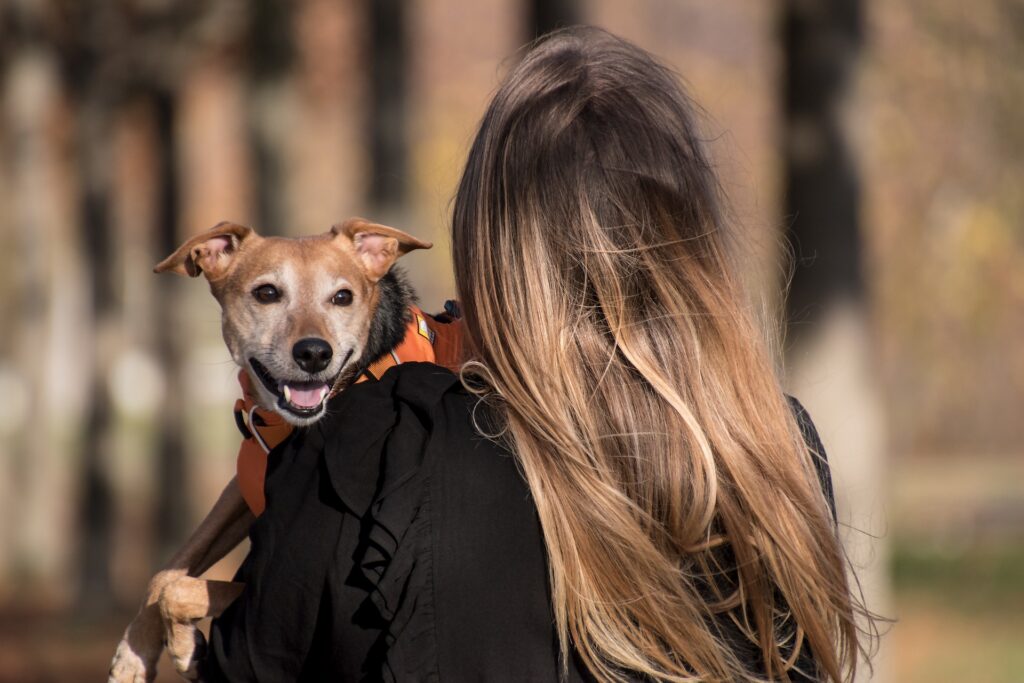Introduction
Welcoming a female dog into your life can be an incredibly rewarding experience. These affectionate and loyal companions quickly become beloved family members. However, to ensure your furry friend’s well-being, it’s crucial to provide the best care possible. In this female dog care guide, we’ll walk you through everything you need to know to keep your four-legged friend healthy, happy, and thriving.
Female Dog Care Guide: The Basics
Taking care of a female dog involves several essential aspects that demand your attention. Let’s delve into each of these areas in detail to ensure your canine companion’s optimal health and happiness.
1. Nutrition: Feeding Your Female Dog
Proper nutrition is the foundation of your dog’s overall health. Ensuring she receives a balanced diet with essential nutrients is vital. Opt for high-quality dog food that caters to her specific age, size, and breed. Incorporate lean proteins, healthy fats, complex carbohydrates, vitamins, and minerals into her meals. Always provide access to fresh, clean water, and monitor her weight to avoid obesity.
2. Grooming: Keeping Your Female Dog Clean and Presentable
Grooming is essential to maintain your female dogs hygiene and appearance. Regularly brush her coat to reduce shedding and prevent matting. Bathe her as needed, typically every 6-8 weeks, using dog-friendly shampoos. Additionally, remember to trim her nails, clean her ears, and brush her teeth regularly.
3. Exercise: Keeping Your Female Dog Active
Regular exercise is crucial for your dog’s physical and mental well-being. Take her for daily walks, engage in play sessions, and provide mentally stimulating toys. The amount and intensity of exercise depend on her breed and age, but aim for at least 30 minutes to 2 hours of activity per day.
4. Training: Instilling Good Behavior in Your Female Dog
Training is essential to ensure your female dog is well-mannered and disciplined. Start with basic obedience commands like sit, stay, and come. Use positive reinforcement techniques such as treats, praise, and affection to encourage good behavior. Consistency and patience are key to successful training.
5. Health Care: Keeping Your Female Dog in Top Shape
Regular veterinary check-ups are vital for your female dogs health. Schedule annual wellness visits, vaccinations, and necessary screenings. Keep her up-to-date on flea, tick, and heartworm prevention, and discuss spaying and neutering options with your veterinarian.
6. Handling Reproductive Health: Understanding Heat Cycles and Pregnancy
Female dog experience heat cycles, also known as estrus, during which they are fertile and capable of reproducing. It’s essential to understand their behavior and provide appropriate care during this period. Consider spaying if you don’t intend to breed her to avoid unwanted litters and potential health issues.
7. Creating a Safe Environment: Puppy-Proofing Your Home
A safe environment is essential to prevent accidents and injuries. Puppy-proof your home by removing hazardous items, securing trash cans, and using baby gates to restrict access to certain areas. Provide her with a comfortable and cozy space, like a dog bed or crate, where she can retreat and relax.
8. Understanding Common Health Issues: Being Prepared
Despite your best efforts, health issues may arise. Educate yourself about common female dog health problem, such as urinary tract infections, mammary tumors, and pyometra. Recognize the warning signs and seek immediate veterinary care if needed.
9. Socialization: Helping Your Female Dog Become Sociable
Proper socialization is vital to ensure your female dog is friendly and comfortable around other dogs and people. Introduce her to different environments, new people, and other animals from a young age. Positive interactions will help her become well-adjusted and reduce the risk of behavioral problems.
10. Senior Dog Care: Providing Comfort and Support
As your female dog ages, her needs will change. Be attentive to signs of aging, such as mobility issues and cognitive decline. Adjust her diet, exercise routine, and environment to cater to her changing requirements. Regular veterinary check-ups become even more crucial during her senior years.
FAQs About Female Dog Care
- What’s the Best Diet for My Female Dog? A balanced diet with high-quality dog food that suits her age and breed is best. Consult your veterinarian for personalized recommendations.
- How Often Should I Bathe My Female Dog? Bathe your female dog every 6-8 weeks or as needed. Frequent bathing can strip her coat of essential oils.
- Is Spaying My Female Dog Necessary? Spaying offers health benefits and prevents unwanted litters. Discuss the best timing with your veterinarian.
- When Should I Start Training My Female Dog? Begin training as early as possible to establish good behavior patterns. Puppy training classes can be beneficial.
- How Do I Know If My Female Dog is in Heat? Signs of heat include swollen vulva, increased urination, and behavioral changes. Consult your vet to understand the heat cycle.
- How Can I Help My Senior Female Dog Stay Comfortable? Provide a soft, supportive bed, and consider joint supplements to aid mobility. Regular veterinary check-ups are crucial.
Conclusion
Owning a female dog is a wonderful experience that comes with significant responsibilities. By providing the right nutrition, grooming, exercise, and healthcare, you can ensure she leads a long and fulfilling life. Additionally, understanding her reproductive health and catering to her specific needs throughout her life stages will strengthen your bond and make her a cherished member of your family.
Remember, every female dog is unique, and it’s essential to observe her closely to cater to her individual requirements. With love, care, and attention, you can be a proud owner of a happy and healthy female dog for years to come.

